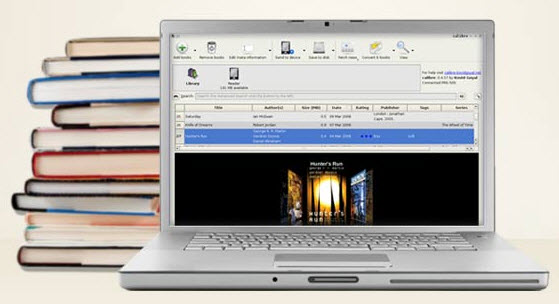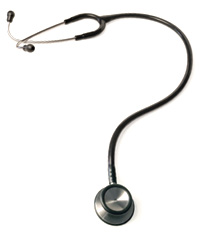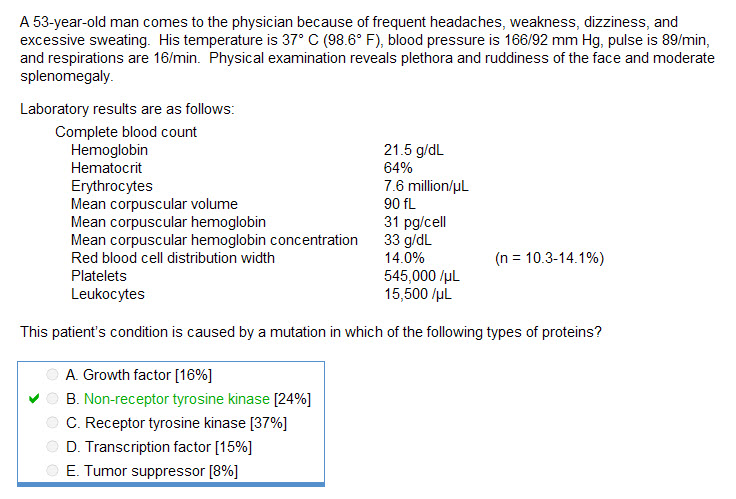Aruba is not cheap; like any tourist haven, the island has mastered the art of maximum cash extraction from its carefree visitors, to who hardly notice the exorbitant taxi fares and dining tabs while escaping from a hectic life in another continent. And why should they? With resorts regularly pricing rooms north of $300-400 per night during high season – not to mention airfare – the other costs are drops in the ocean.

However, when your ocean is more of a grudging, desert puddle, those drops are seen with a slightly different perspective: after all, what is a puddle but a meager collection of drops? When your AirBnB is running $43/night (weekly rate during low season, mind), those $20 taxi fares start to look rather obscene. I could go about 25mi in Abu Dhabi for that rate and if it was a round trip… well, you could hire a car and driver for an entire day in Bali with a bit of bartering. Which means I was quick to investigate other options, and in Aruba (shared taxi “car-bus” vans aside – they cost a flat USD $2 by the way), that means the bus – I mean, Arubus.

At USD $2.60 per ride (4/2016) and no such thing as transfers, Arubus can quickly become one of the most expensive public transit systems around, especially as there is no such thing as a transfer. Want to get from anywhere south of Oranjestad to somewhere north of town (eg Eagle Beach, Palm Beach, Arashi beach)? That’ll be $5.20. Round trip? $10.40. To Baby Beach and back from the high rise hotels, with 3 “transfers”? $15.60. Per person. Ouch. Those $20, 72hr European transit cards begin to be sorely missed.
But hey, what is this Arubus Advantage Smart Card I see the occasional dutch ad for at (the very few well marked) bus stops? Well, the fact is, no one seems to know – in English-speaking tourist-ville, at least. Surprisingly, despite all the forums and TripAdvisor / FlyerTalk posts on Aruba, this topic is woefully under-discussed online as well. There were plenty of folks asking for details on these “smart cards”, but no one providing answers. The few posts I could find with any information at all didn’t really look very promising. Cards for residents only? No longer being used at all? Lots of second-hand information, and most of it from 2012-2014 at that.
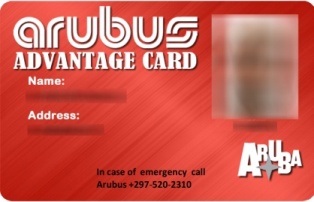
So, on day 2 of our visit, my dad and I made a trip to Arubus Headquarters. On foot, of course. It’s about a 10 minute walk North from the airport, which also happens to be where the nearest bus stop is located. They are open on weekdays from 8am-3:30pm (yes, the website and office door say 4:00 or 4:30, but they were closing when we arrived at 3:25). So, lets get some questions answered with sweet, up to date (2016), first hand facts:
- Do I have to be a resident or citizen of Aruba to get a Smart Card?
- No, and no. Citizens can get the more discounted Advantage card, but the standard card is available to all. Here is the application form.
- How much is it?
- $9 USD (15 AWG) for the card. Additional funds can be loaded later or at the time of purchase to pay for fares, at 3 AWG each (about $1.70 US). Currency conversion happens when the card is loaded. Smart Cards expire every three years, starting in 2014 (so the card I purchased in 2016 expires in 2017. If I were to buy a new one then, it would expire in 2020).
- Do they take foreign credit cards?
- Not reliably. They have a MasterCard sign, but could not process my US card. USD was accepted, though.
- Do I need a card for each member of my family.
- No. The same card can be used multiple times for each person in your party. Probably don’t even have to be family, though I’d recommend the cardholder at least be present in the group, as their picture is on the card.
- What information and/or ID do I need to provide?
- I was not asked for any ID. Put down the address for the AirBnB apartment and they took my photo. Card was printed in <10min.
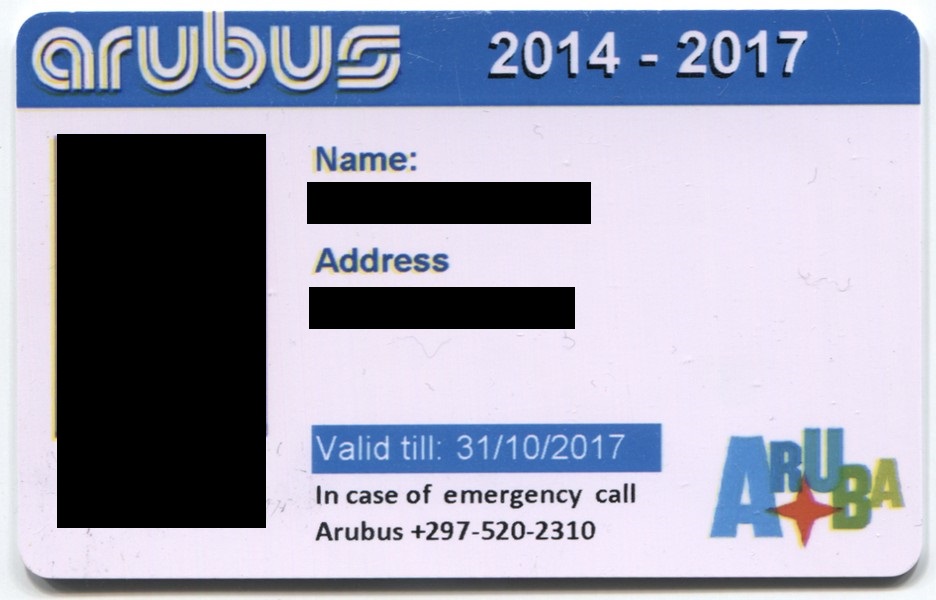
- I was not asked for any ID. Put down the address for the AirBnB apartment and they took my photo. Card was printed in <10min.
- Where can the cards be reloaded?
- There are about 17 locations listed online. The information card I took lists 19. I suggest loading enough to get you through your stay upon arrival and/or purchase of the card – my first attempt to reload a card (at “S-Chow Supermarket” in Savaneta was unsuccessful because their reload machine was out of service. The La Estrellla I tried next in Oranjestad had no issues and accepted a credit card.

- There are about 17 locations listed online. The information card I took lists 19. I suggest loading enough to get you through your stay upon arrival and/or purchase of the card – my first attempt to reload a card (at “S-Chow Supermarket” in Savaneta was unsuccessful because their reload machine was out of service. The La Estrellla I tried next in Oranjestad had no issues and accepted a credit card.
- Is it worth it?
- It pays for itself after 10 trips, you don’t have to fumble with cash and change, and you get a souvenir to take home. I’d say so.
Ok, so if you found that useful, here are some common sense questions that don’t seem to be answered well anywhere about using the bus in general. Also learned from experience (often the hard way):
- Is there a map and/or timetable?
- Yes, on the website (map and timetable). Here is a picture of all routes.
- When will the bus arrive at my stop?
- Your guess is as good as mine. The times listed are strictly departure times from the main terminal at either end of the line.
- How long does it take to get to…?
- From Orangestad:
- North
- 10min to Eagle Beach
- 15min to Palm Beach (high rise hotels)
- 20min to Malmok Beach (line 10/10A; shorter operating times)
- 25min to Arashi Beach (line 10A; shorter operating times)
- South
- 10min to Airport
- 20min to Savaneta / Mangel Halto
- 30-40min to San Nicolas
- 1hr to Baby Beach (have to transfer at San Nicolas; this line also has reduced hours ~10am-5pm)
- North
- From Orangestad:
- Where do I catch the bus?
- Stops are poorly (if at all) marked. However, google maps seems to be fairly accurate, and stops in general are pretty closely spaced. Look for locals waiting together, or just wave when the bus is approaching; it’ll stop.
- Why did the driver just go past my stop?
- You didn’t push the button (usually on the overhead hand rails). Do this even if you told the driver your destination – he might forget.
- Is it safe? Clean? Timely?
- In my experience, very much so. The drivers I had spoke and understood English, buses were clean, other riders did not appear to be sketchy in any way, and pleasant tropical music was playing from the overhead speakers. With only departure times posted, it is difficult to comment on timeliness, though the departure times did seem to be well adhered to.
Aruba seems to follow the trend of many tourist destinations by leveraging obscurity to provide affordable transportation options for the local populace while maximizing cash flow from tourists. You can usually tell from the airport if your destination is such a city, as there will be no bus stop there (it will be off airport grounds, likely on the nearest city street, and quite probably not that far of a walk if you know where to go). Arubus follows this doctrine as if it were their corporate mission statement. From the lack of documentation on their (English?) website to the lack of clearly marked bus stops and a fare structure that punishes ignorance to the maximum tolerable penalty, there is a subtle intelligence to the whole operation. Once you figure out how things are run, make a few mistakes and learn the unspoken way of things, the system actually works quite well for getting around the west coast of the island (and to Noord or Santa Cruz) and is far more reasonable than any of the other alternatives.

Before my trip, I read numerous reports that shared a common theme: you need a car to get around Aruba. After 9 days, I would disagree, but with several conditions. Bringing a family? Get a car. Trying to see many different attractions in a short vacation (<5 days)… get a car. The idea of walking 1-2 miles per day, at times in the 90′ sun not what you pictured for your beach vacation? get a car. Staying out late (eg the am hours)? get a car. Content to chill at your high-rise and go on the occasional arranged excursion… well, this post isn’t really for you and you can probably skip the bus vs car argument altogether – enjoy those Hummer taxis!


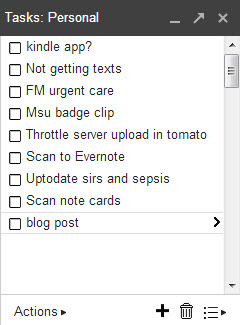

 I use this
I use this 